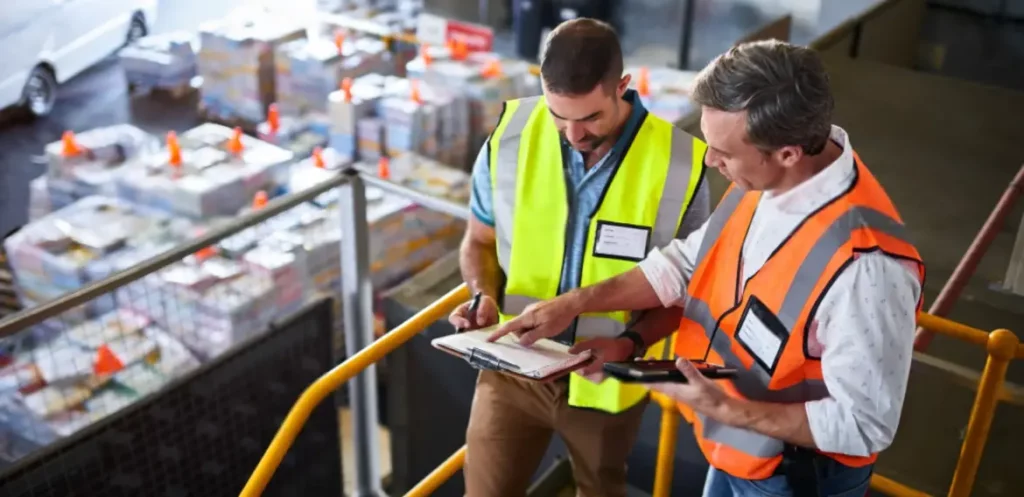Submit a notarised copy of either your passport photo page or your New Zealand driver licence.
Notarisation confirms the document’s authenticity and ensures that your legal name exactly matches the
details on the application form.Completed Certified Handler Application Form
Fill out every section of the form, including the full hazardous‑substance information requested.
A complete, legible form allows us to assess the specific risks associated with each substance swiftly and accurately.
Respirator fit‑test evidence
Provide confirmation that you have passed a recent respirator fit test.
Fit‑testing verifies that respiratory protection is effective for your face shape and the hazards present.
Maintenance records (if applicable)
Where the substance is used around machinery, ventilation, or specialised equipment,
include up‑to‑date maintenance logs to show that controls remain in good working order.
Site inventory
Attach a full inventory list covering all hazardous substances on site.
An accurate inventory underpins safe storage, segregation, and emergency planning.
Health‑monitoring programme
Supply evidence that your company has an ongoing health‑monitoring strategy
(e.g. periodic medical checks or biological monitoring) to protect workers handling hazardous substances.
Current Safety Data Sheets (SDS)
Include compliant, up‑to‑date SDSs for every substance listed in the application.
These sheets ensure that hazards and control measures are clearly documented.
Standard Operating Procedure (SOP) & training
Provide the SOP for safe use and handling of each substance,
signed by you and your manager, together with evidence that all workers are trained and follow the procedure.
Add photographs showing how and where each substance is stored to demonstrate compliance.
Tracking records
Submit tracking logs for every substance that requires tracking under the regulations.
These records prove that inventory levels and movements are monitored over time.
Training & first‑aid certification
Attach Regulation 4.5‑compliant training certificates and current First Aid certificates.
Where relevant, confirm that workers possess substance‑specific first‑aid knowledge.
Emergency Response Plan (if triggered)
If your inventory thresholds trigger the need for an Emergency Response Plan,
include a copy that clearly outlines response actions for each substance.
Location Compliance Certificate (if triggered)
Provide a valid Location Compliance Certificate covering Class 6 or Class 8 substances when required.
Equipment calibration certificates (if applicable)
Include calibration certificates for instruments or devices used to monitor or dispense hazardous substances,
demonstrating that measurements remain accurate.
